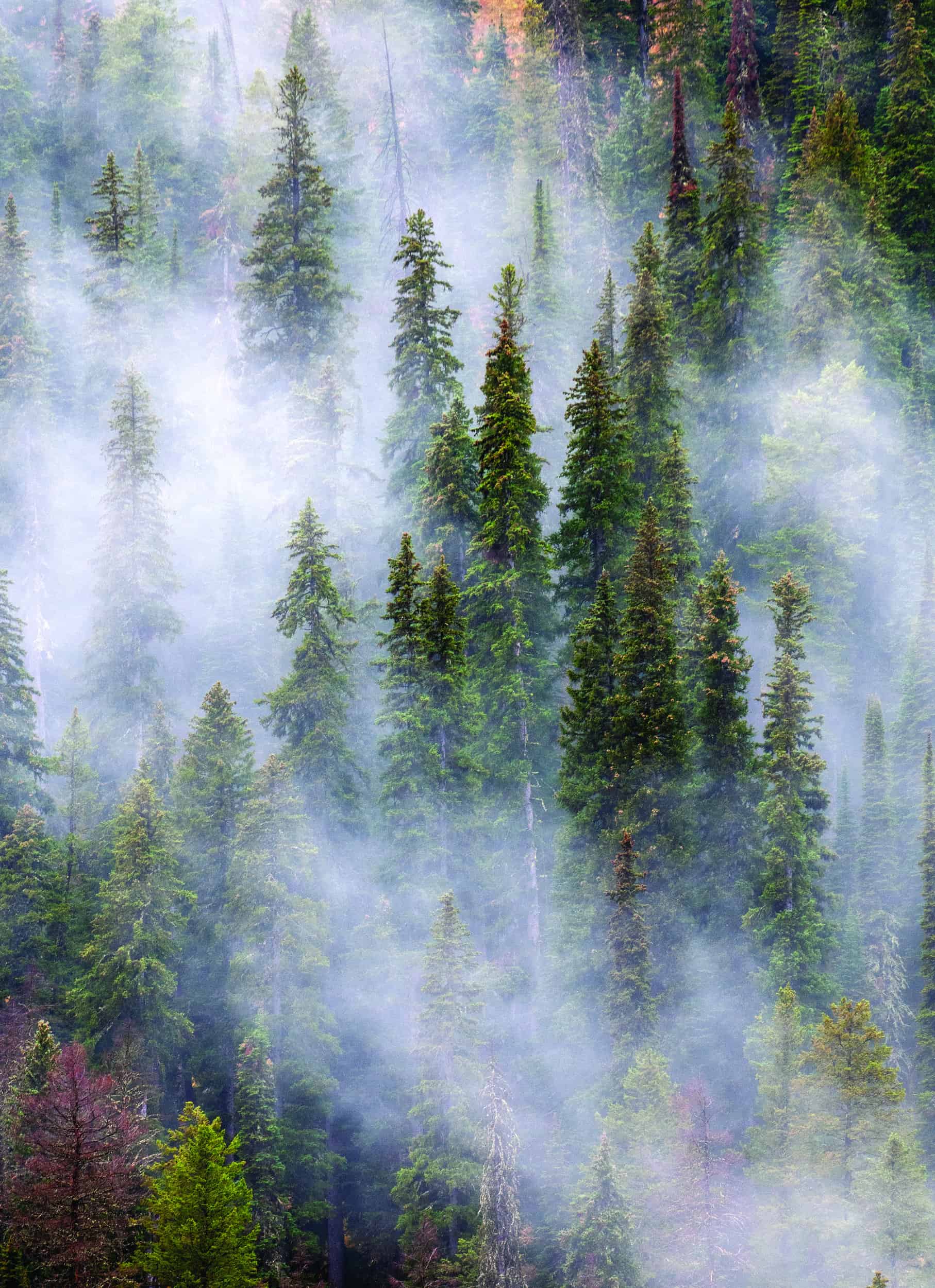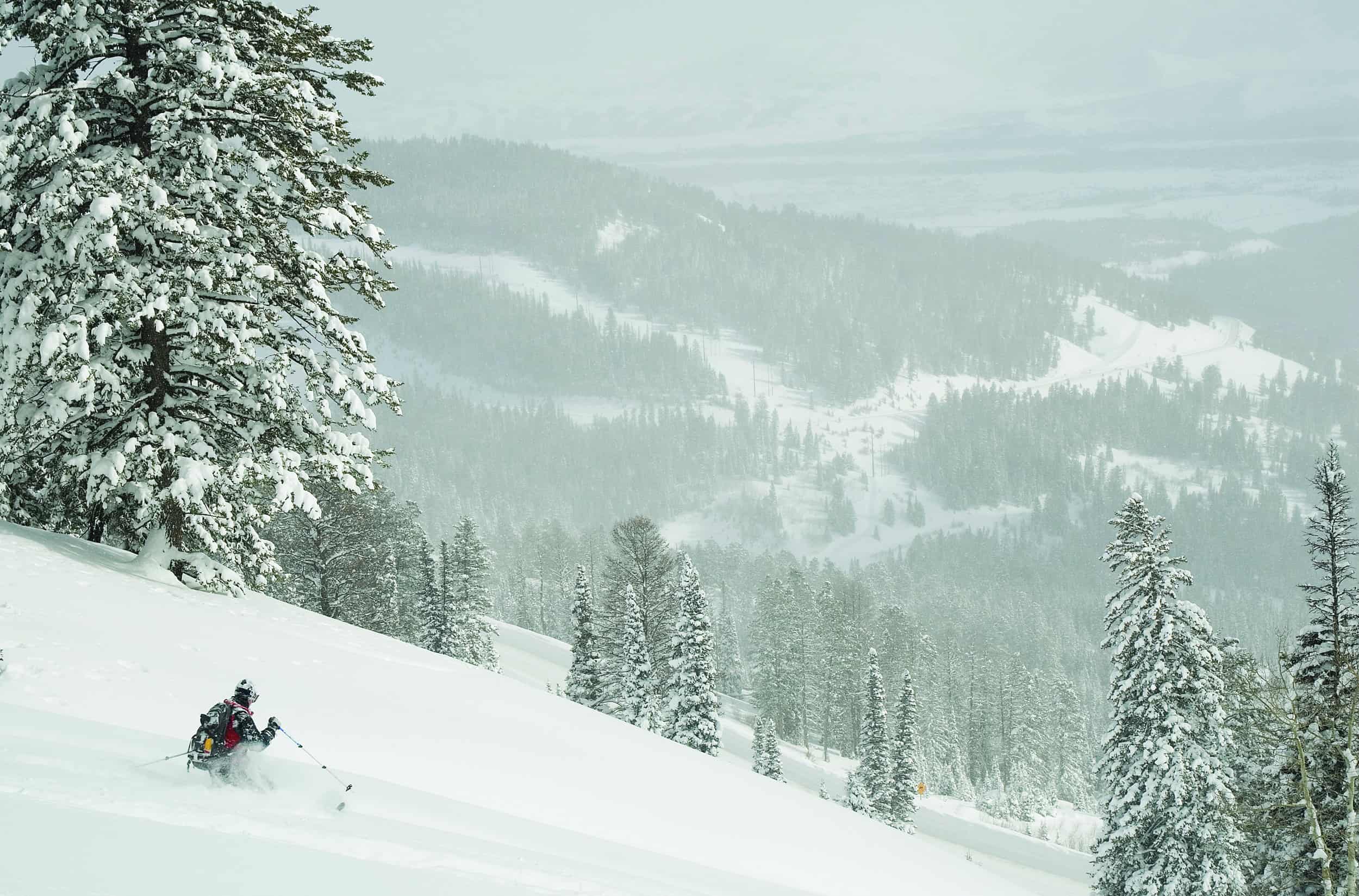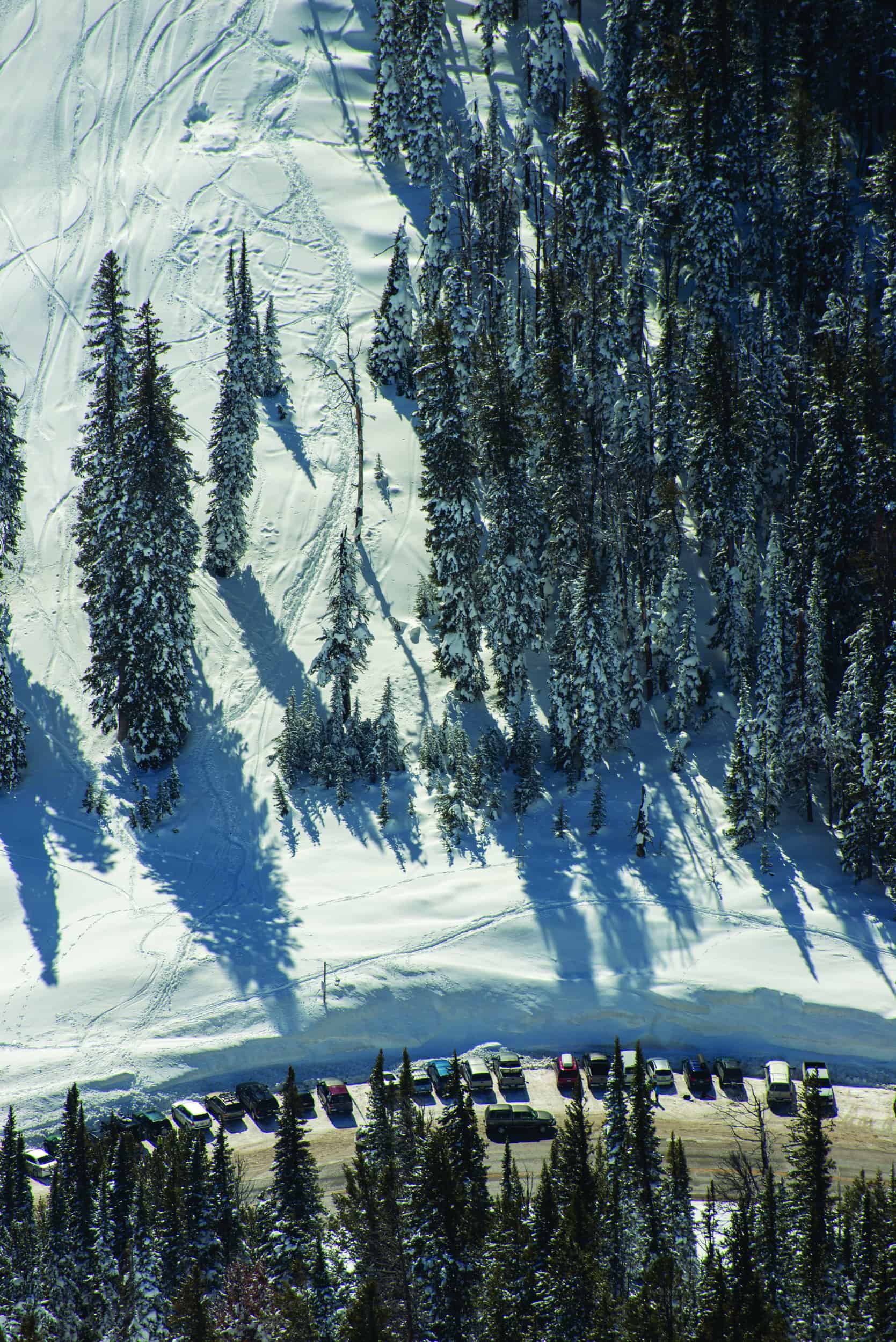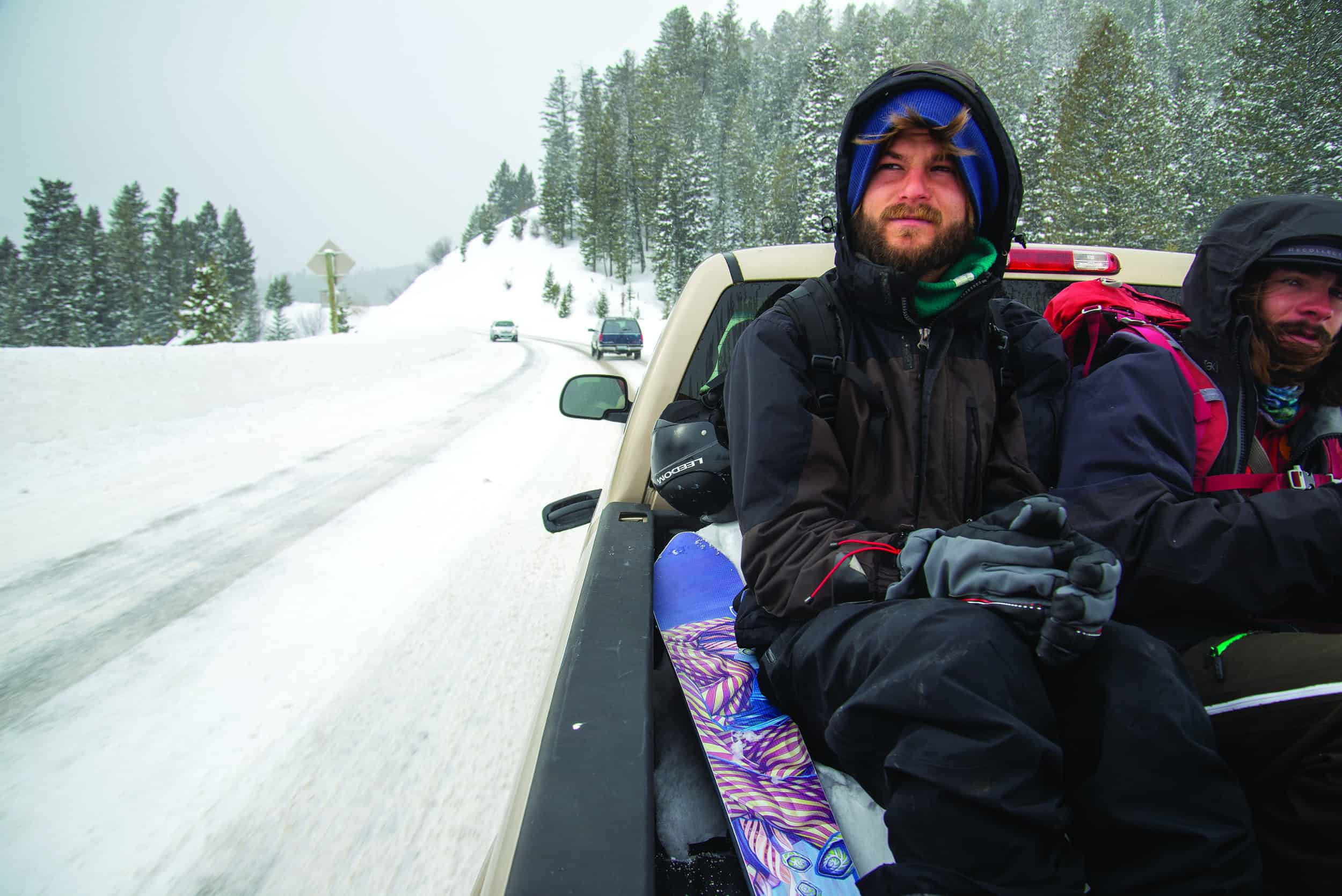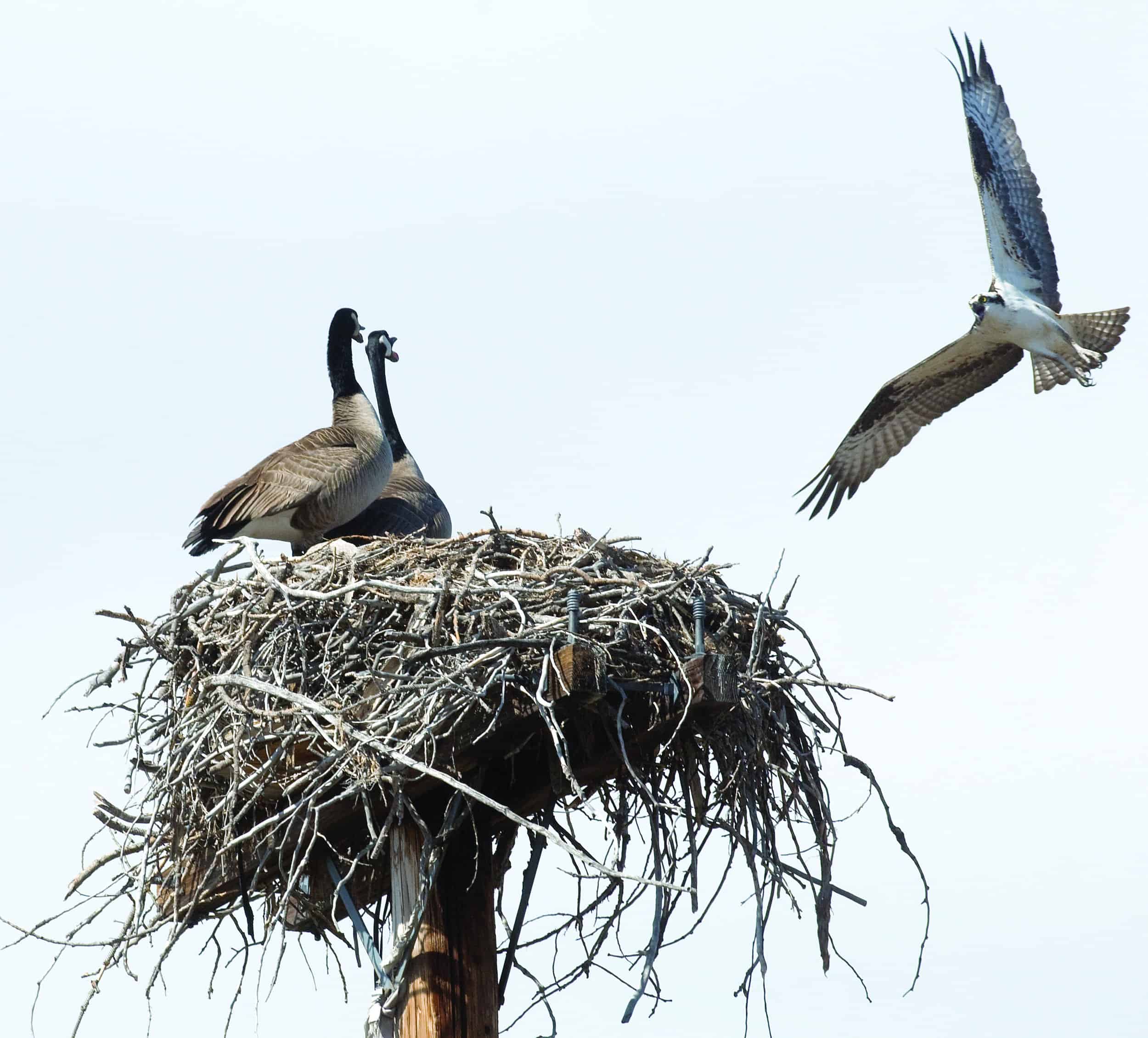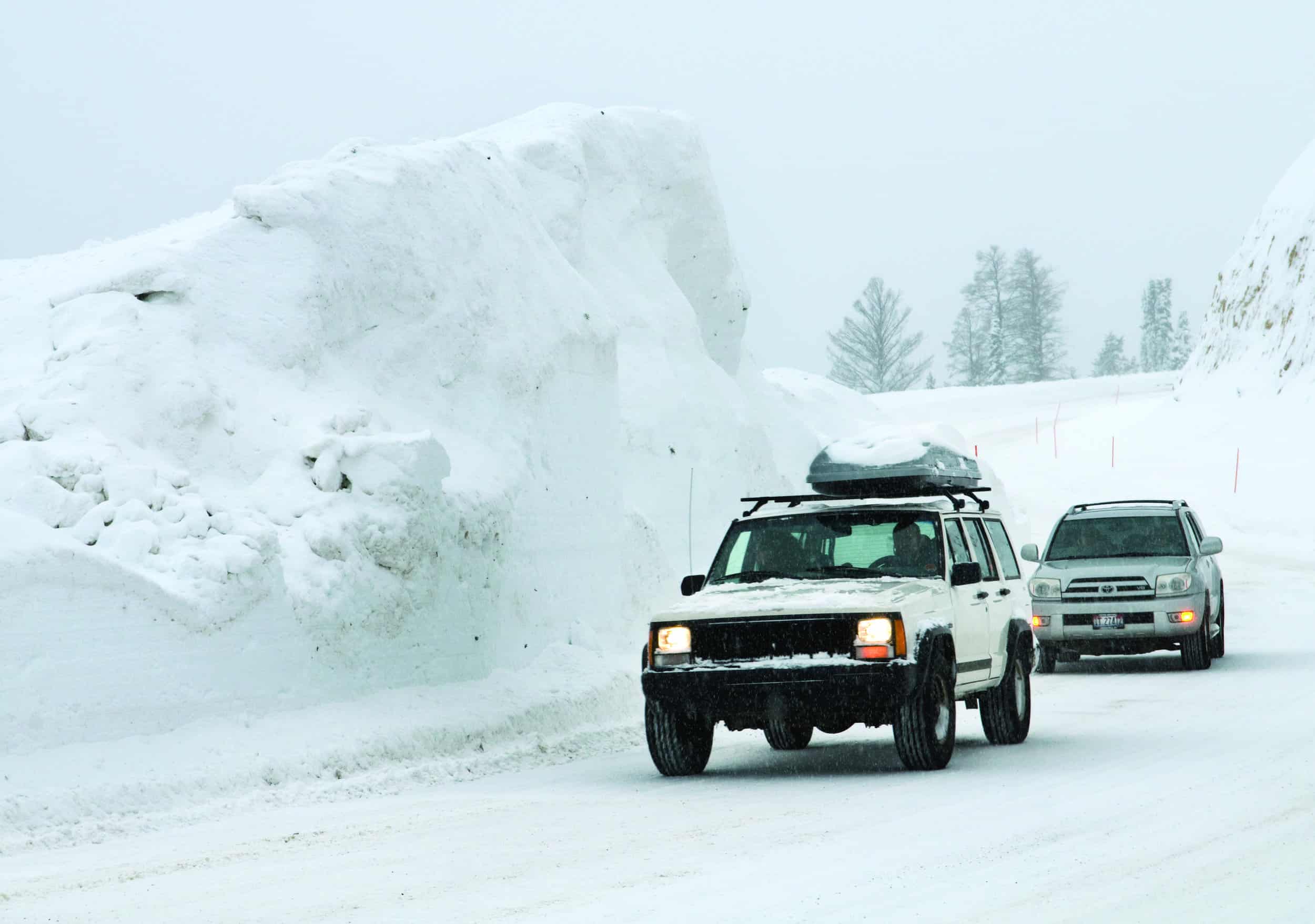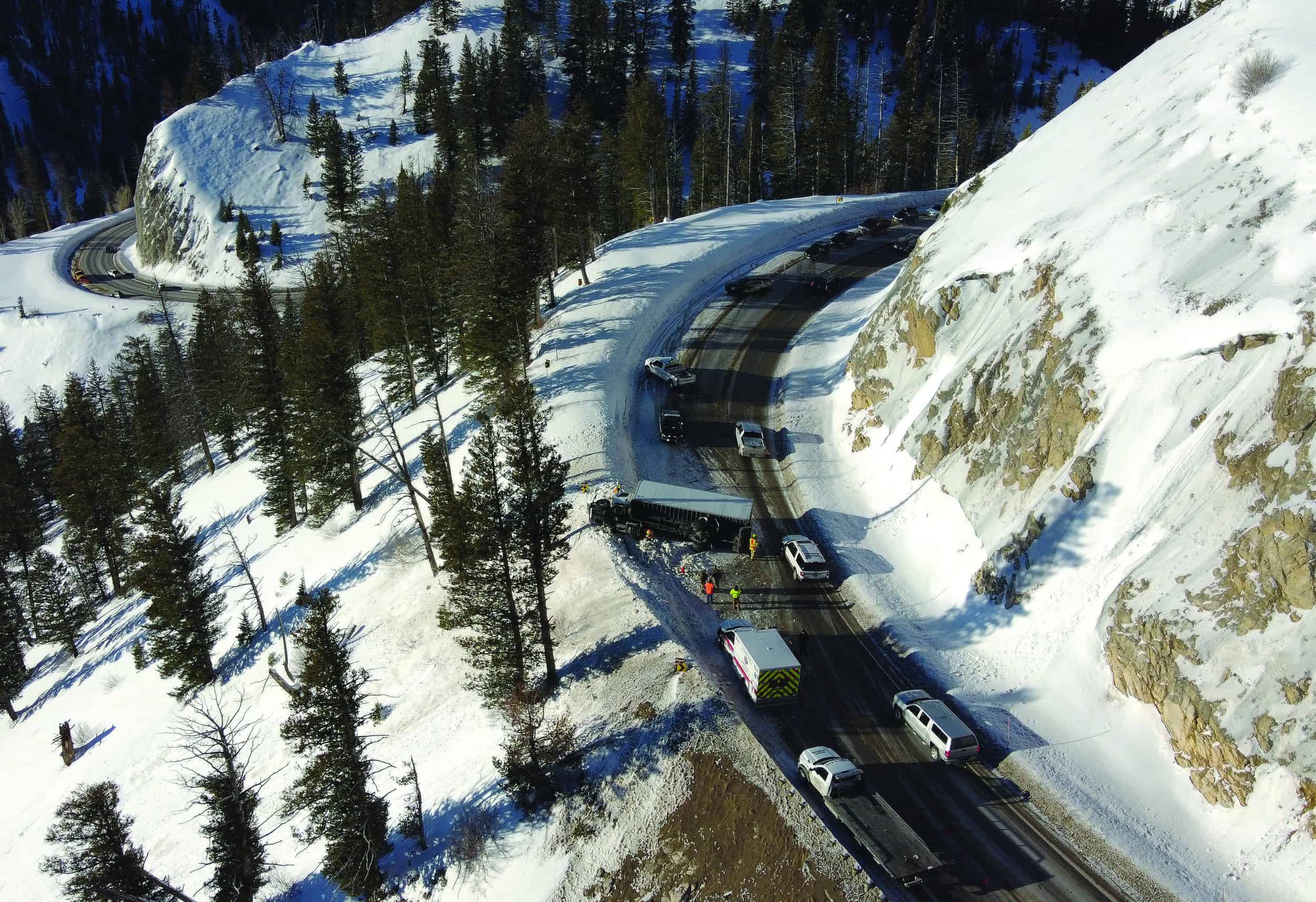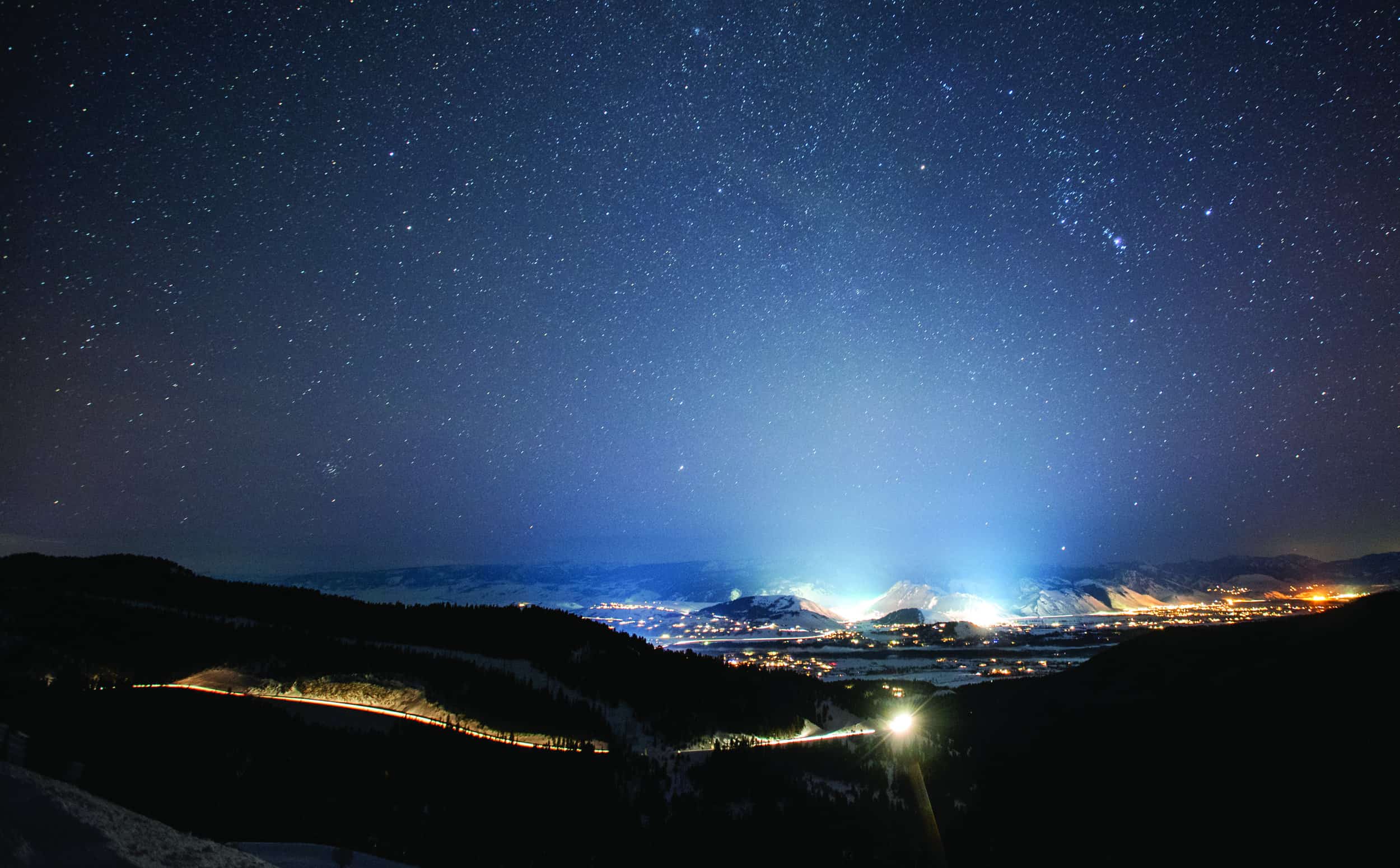Read The
Current Issue
Wyoming Highway 22
A commute like none other.
// Photos and text by Bradly J. Boner
Spanning only 17.5 miles between the Idaho-Wyoming border and the town of Jackson, Wyoming Highway 22 isn’t the Cowboy State’s shortest highway, but it is definitely one of busiest, and certainly among the most scenic. The road winds over Teton Pass, a 1,200-foot ascent in only about two and a half miles from the west, before plunging about 2,200 feet down into Jackson Hole on the eastern side of the Teton range and into the hamlet of Wilson (population about 1,500). From there, Highway 22 straightens and bisects six miles of Jackson Hole, crossing the mighty Snake River before the highway ends at its intersection with Highway 191 in west Jackson. The Wyoming Department of Transportation estimates that about 5,000 people drive daily between Teton Valley, the 20-mile-long and 10-ish-mile wide valley on the western side of the Tetons that is home to about 11,000 people and only two stop lights, and Jackson Hole. Bulging housing prices put living on the Wyoming side of the Tetons out of reach for a significant chunk of workers who make Jackson Hole’s economy tick; other people are fine working in Jackson’s relative hustle and bustle but want to live on the quieter side of the Tetons.
Over the 17 years I’ve commuted from Teton Valley to Jackson—driving east down Center Street in Victor, Idaho, coffee in hand, until turning right and joining the steady stream of commuters heading to work in Jackson Hole—I’ve learned every detail of the drive. There are the broad S curves just above Coal Creek; the long straightaways where you finally have a chance to pass that dump truck or tentative motorist; the expansive view of Jackson Hole as you crest the top; the precarious avalanche paths where you get nervous if you linger too long on snowy winter days; the sweeping views of the Tetons to the north between Wilson and Jackson. All of these details demand a sense of hyperawareness and simultaneously fit into a drive that seasoned commuters have on autopilot.
Over those same years, I’ve found adventure in the powder stashes accessible from Teton Pass—the apex of Highway 22. There are few places in the country where you can park, strap on your skis, hike, and ski 2,000 vertical feet of powder to the road, and then hitch a ride back to your car. It’s another routine on the pass that repeats itself over and over in the winter; during the snowiest days in December and January, the Mount Glory boot pack alone can see more than 1,000 ascents. (Read more about ski touring on Teton Pass and in the Tetons on page 136.)
And over those many years, on the thousands of commutes and hundreds of trips into the backcountry, I’ve stopped countless times to take pictures of scenes that were just too good to pass up—a portrait of a road that has become tightly woven into so many aspects of my professional and personal life. Every time I feel like the drive to and from work over Teton Pass isn’t worth it, I tell myself that there are people who have much worse commutes than this. People in big cities are in their cars twice as long as I am to go half the distance, stuck in gridlock traffic looking at the ass end of the car in front of them. That’s not to say that the occasional car accident or timid driver on Teton Pass doesn’t grind progress to a crawl, but when it does, at least we can enjoy the view.
